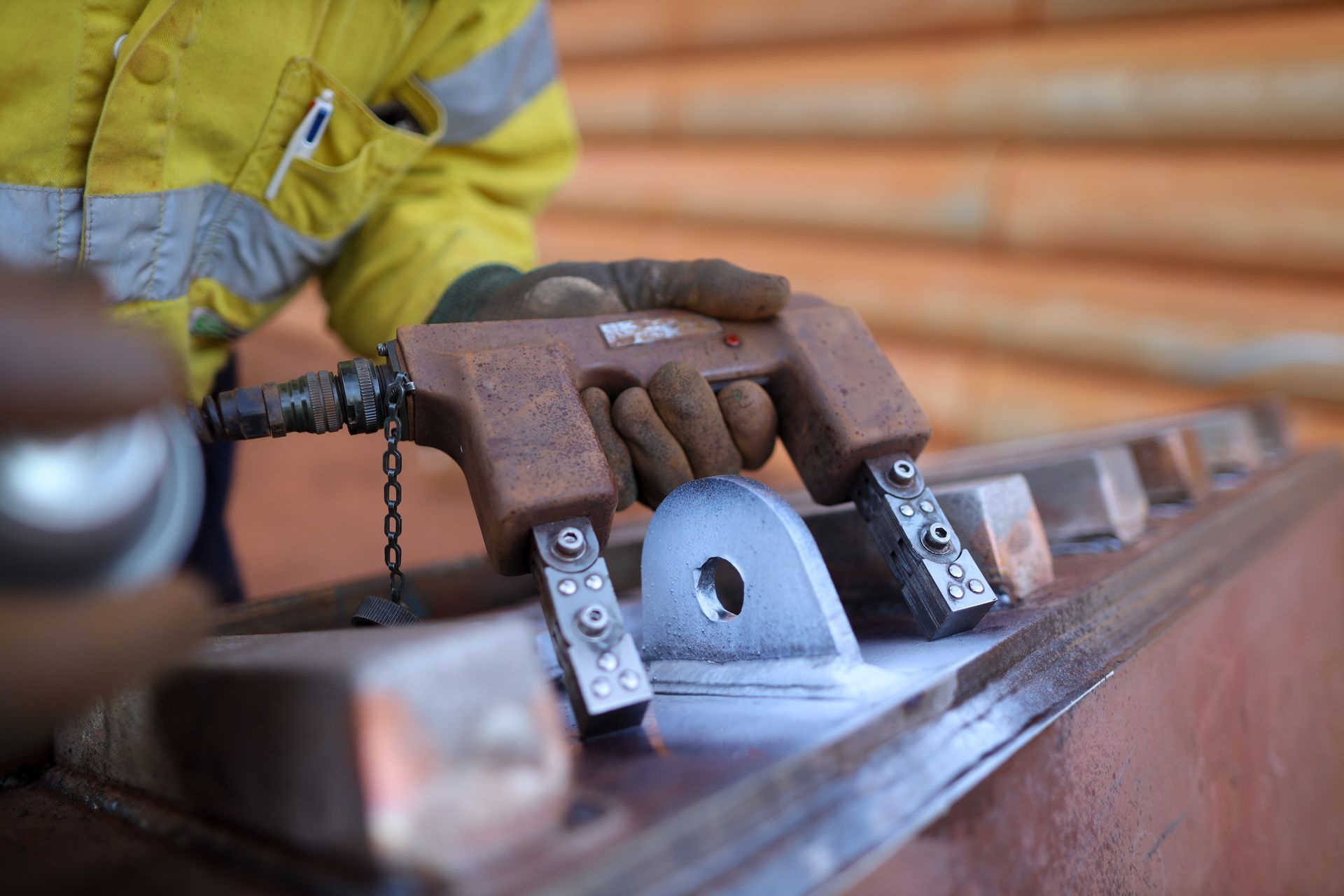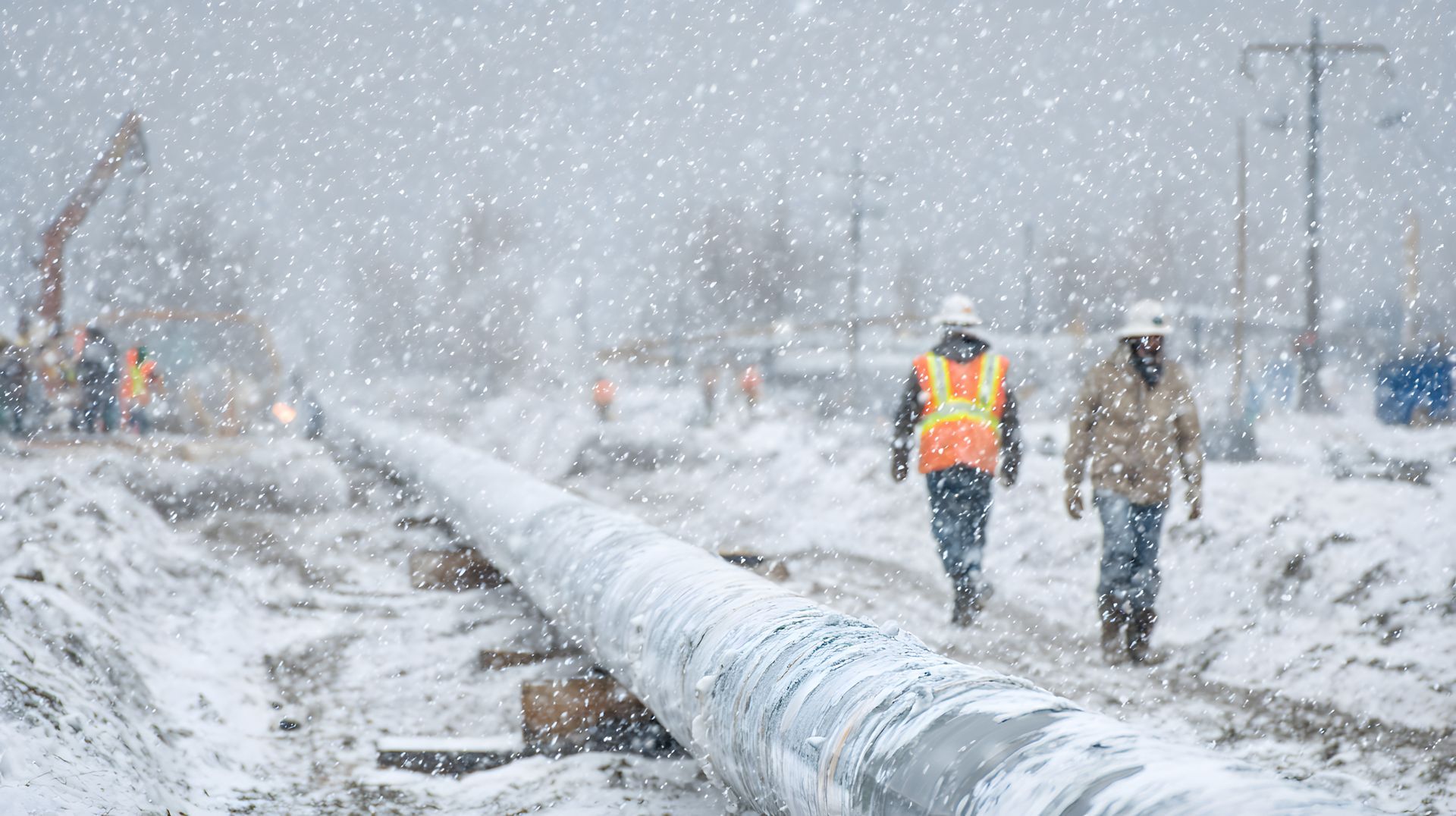The Cool But Untold History of Ground Penetrating Radar
December 9, 2021
No one needs to tell you that before you raise a structure, whether it’s a skyscraper or an airplane hangar or a grocery store, you’ve got to know a whole heck of a lot about the ground you’re building it on. Non-destructive testing(NDT) has a solid reputation in the construction field because it allows workers to ascertain that a particular site is stable, firm and safe … or alternatively, not.
One such NDT technology is ground-penetrating radar. You may think the name says it all, but really, there’s a lot you might not know. Here’s a brief untold history of one of the most reliable technologies in the industry.
The Application Was Obvious
You might think that when Christian Hülsmeyer patented radar back in 1904, he might first have spent a lot of time pointing it at the sky. After all phrases such as “flying under the radar” make us assume this device is most often used to locate enemy airplanes (or submarines).
But actually, radar technologies – which use radio waves – were pretty quickly pointed at the ground. As early as 6 years after the patent, Gotthelf Leimbach and Heinrich Löwy patented the first radar technology to locate buried objects.
It’s Not Just for Construction
As it happens, archeologists have also found a wide range of applications for ground penetrating radar as well: Mayan houses and platforms, burial tombs, cellars and graves, and pit dwellings are all among the scientific discoveries made using this technology to make maps of what’s beneath the surface. The military also uses it for detecting underground dangers and to avoid tunnels, among other things.
Not All Ground Is Alike
Unfortunately, you can’t just point a device at the ground and go. Well, you can, but in many cases it works better than others. You probably already know that radar relies on conductivity: it uses a wave, and that means it needs something to travel through. Soil, clay and moist materials don’t present much of a problem, and you can get a clear map.
On the other hand, dry or very sandy soils don’t conduct well. Ditto concrete, granite, cement, or other large, heavy masses. Also, ground penetrating radar works best at ranges between 20 cm to 5 m below ground, which means mapping the secrets of the Earth’s core is best left to other means.
It’s a Relatively New Construction Tool
The applications of ground penetrating radar to construction are so obvious, you might think it has always been used for this purpose, but not so. It wasn’t until 1985 or so that radar systems actually became affordable, and not until sometime in the 90s that comprehensive textbooks and knowledge bases made using them feasible.
Nowadays, ground penetrating radar is a wonderful tool in the NDT kit. Moreover, you don’t have to do it yourself. Instead, you can hire experts like Steel City, NDT, to do the job for you, making your job safer, faster and easier.





